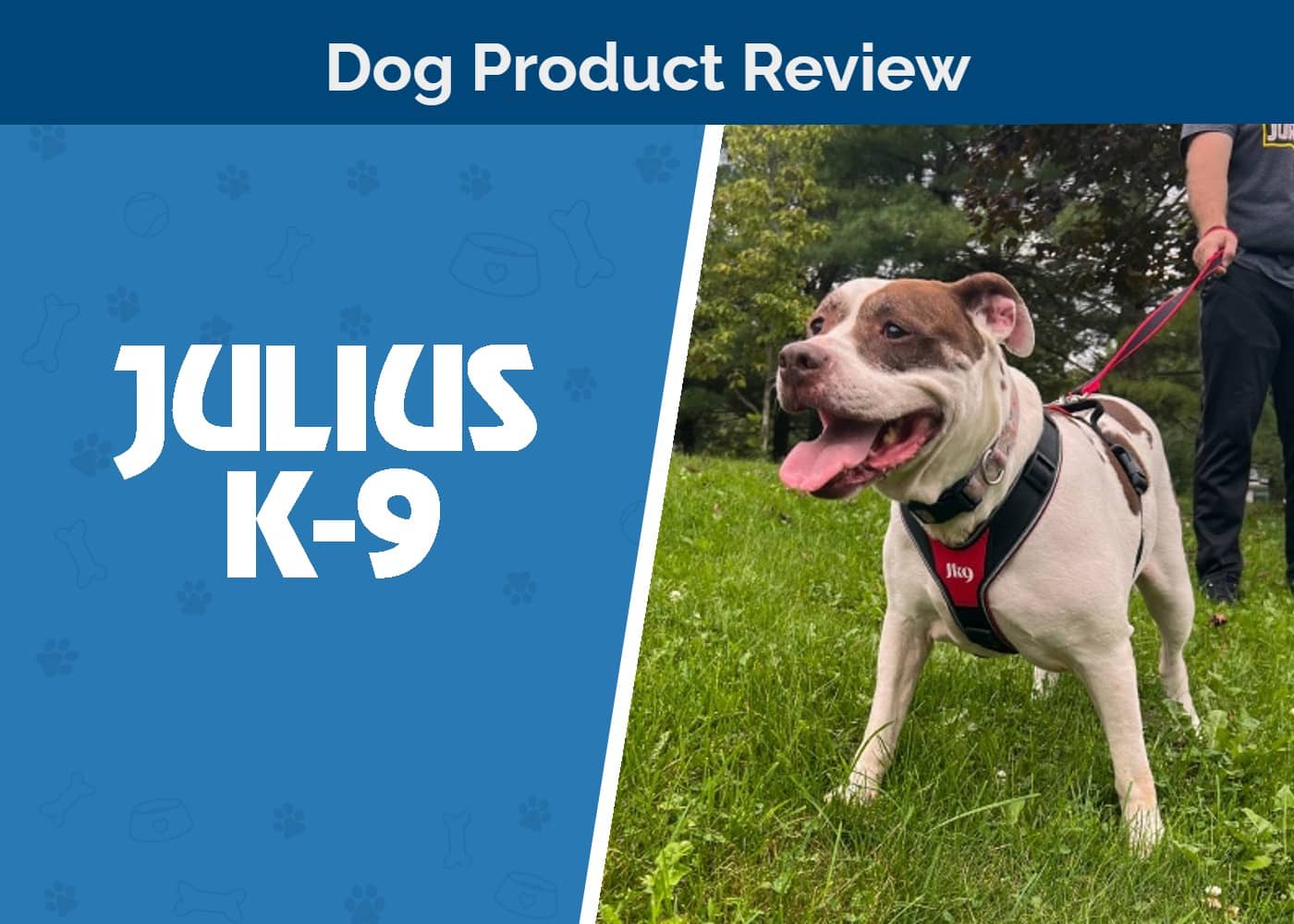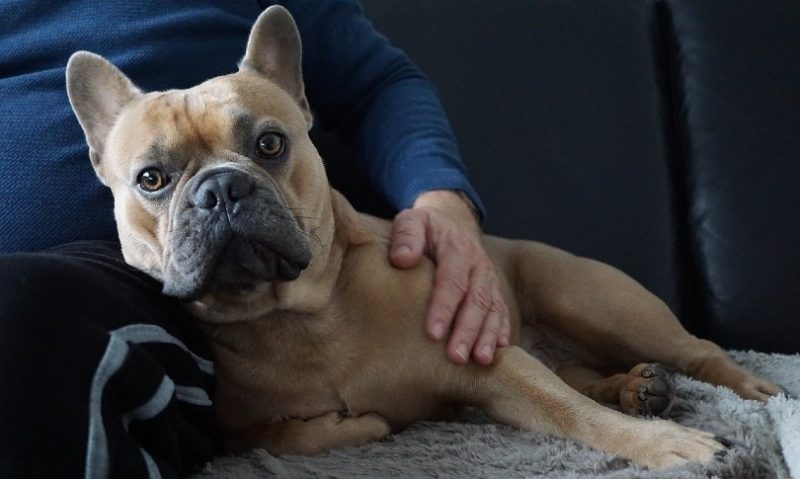Can I Warm Up Dog Food? Canine Necessities & Preferences Explained
Updated on
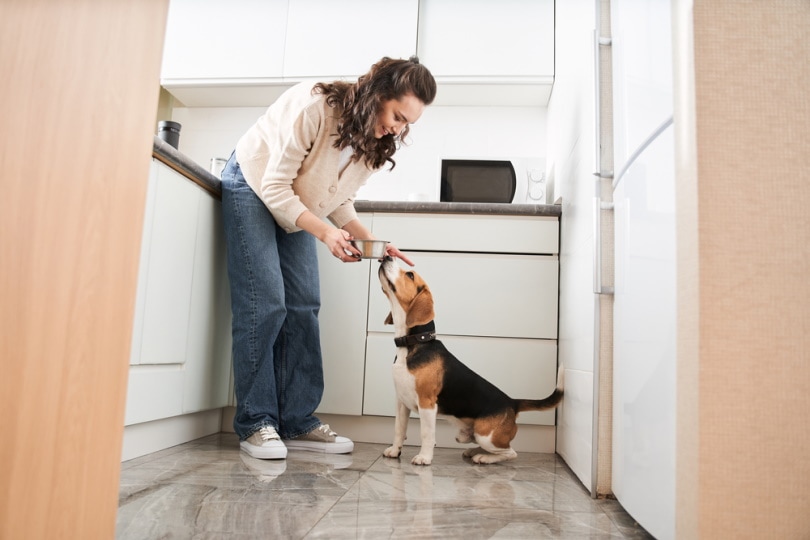
Everybody can appreciate a warm meal from time to time, especially when it’s cold outside. Have you ever wondered if your dog might also appreciate their meal warmed up? Many people are unsure of the appropriate temperature to serve their dogs’ food. Is it good to do it? The general answer is it depends on the type of food you’re feeding.
Here’s what you need to know about warming up dog food.
Can I Warm Up Dog Food?
It depends on the type of food you’re feeding. Freeze-dried raw food shouldn’t be heated, although some foods can be served with warm water mixed into them. Kibble and wet food can be heated if desired, although irregularities in temperature are of great concern when it comes to heating dog food.
If you’d like to warm your dog’s food, it’s generally recommended not to attempt to warm the food beyond room temperature. Microwaving food can result in uneven temperature distribution, so it’s important to check the temperature throughout the food thoroughly before offering it to your dog. If you’re unsure if the temperature is appropriate, let it cool for a few minutes and check it again. If you have a picky dog that doesn’t go for food straight from the refrigerator, then warming the food slightly may be necessary.
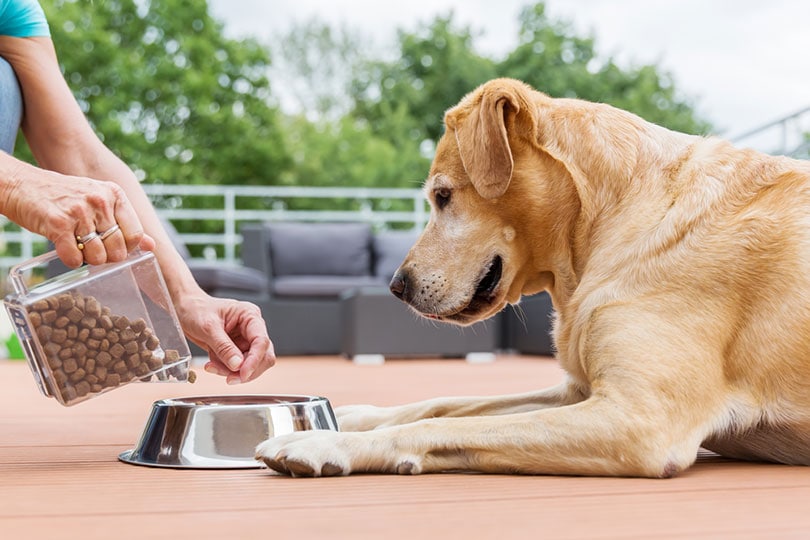
Is It Necessary to Warm Dog Food?
No, it is not necessary to warm up dog food before feeding it to your dog. In fact, warming dog food increases the risk of your dog accidentally being burned by food that is unevenly heated or too hot. Most varieties of raw food recommend specifically against warming the food due to the potential for “activating” bacteria that was being held off by the cold of a fridge or freezer.
Kibble should only be warmed by warm liquid or by cool liquid and then microwaved for a few seconds. Some dogs may prefer their kibble slightly warmed if they aren’t feeling well. Don’t attempt to microwave or otherwise warm dry kibble, as it may explode or get too hot on the inside.
Sometimes, warming dog food can help bring out the scent of the food, which can be a good way to get your dog to eat if they haven’t been eating for some reason. Keep in mind that this only applies to kibble and wet food and that raw diets should not be warmed beyond room temperature.
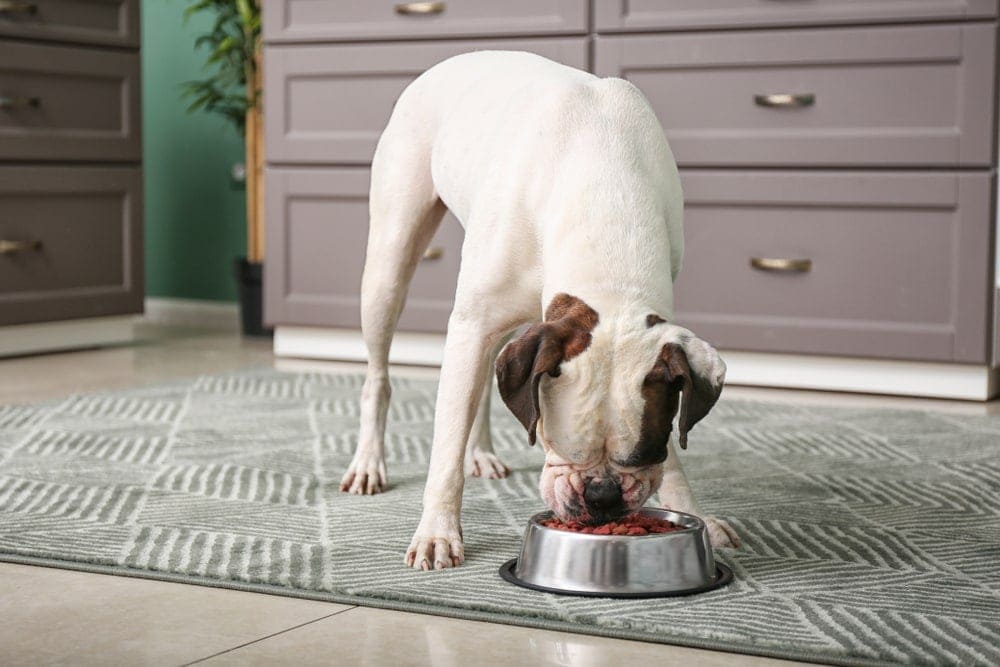
Should I Warm Puppy Formula?
Puppy formula is the exception to the rule here. Puppy formula does need to be warmed prior to feeding, especially in very young puppies. Puppies lack the ability to maintain their body temperature, and feeding cold food can bring their body temperature too low, on top of being overall unappetizing and potentially leading to puppies refusing to eat.
Most puppy formula containers offer specific instructions on how to prepare and warm the formula. Make sure to follow these instructions and then check the temperature of the formula before you begin feeding it to puppies. Formula that is too hot can lead to painful and dangerous burns in the mouth and esophagus, which can be extremely dangerous and difficult for young puppies to come back from.
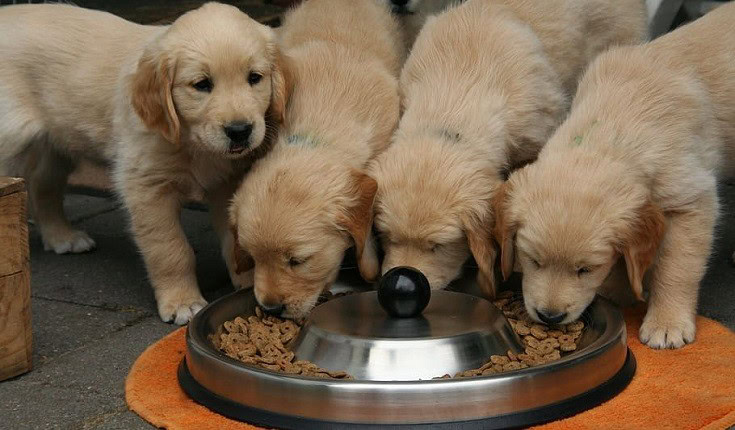
Final Thoughts
Warming dog food is not a necessity under most circumstances, although puppy formula should be warmed. If your dog has not been eating well, slightly warmed food may have a more appealing scent that may encourage them to eat. Make sure to read your dog’s food package before attempting to warm any food. Some packages, especially those containing raw and freeze-dried raw food, will specify that you should not warm the food beyond a certain temperature. This will help you keep your dog’s food safe for them and help prevent food-borne illnesses.
Featured Image Credit: Olena Yakobchuk, Shutterstock


